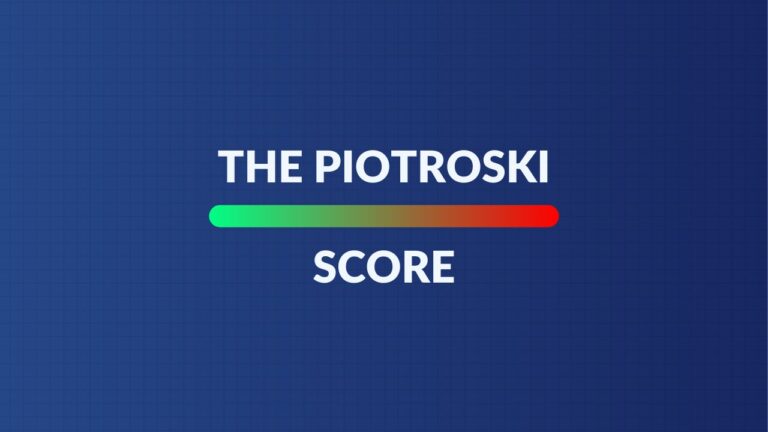EBIT vs. Net Income: What to Use? December 22, 2023
Light news weeks always offer a great opportunity for me to dig a bit deeper into accounting concepts. From the income statement, there are three profit metrics most commonly used to arrive at valuation multiples:
- EBITDA or Earnings Before Interest, Tax, Depreciation and Amortization.
- EBIT or Earnings Before Interest and Tax.
- Net Income or Earnings (E). This is what is used in Price to Earnings (P/E) and Price to Earnings to Growth (PEG) ratios.
When should we use each of the three? First, if there’s no EBITDA then I use enterprise value (EV) / gross profit. If gross profit is negative, that’s an automatic non-starter for me personally. A negative gross margin shows that revenue can’t even cover input costs. It’s like a t-shirt vendor paying $5 for raw materials to sell a shirt for $4. It is very hard to fix that issue and turn a business into a profitable scaler from there.
Of the three that I do use, EV/EBITDA is my least favorite. I only use it if there’s no EBIT or net income. It does often offer a decent proxy for free cash flow generation by removing non-cash operating expenses (DA), but adjustments to this metric are highly flexible, widely ranging and occasionally adventurous. I’d rather just use free cash flow.
The main thing I care about is the operating profitability of a business. That is what EBIT represents. It gives me a view of how profitable an enterprise is in their day-to-day operations and is often my go-to profit metric. For this reason, I love using EV/ EBIT.
Still, I do prefer net income in some cases if there aren’t any weird accounting items to consider. That’s when I will use market cap/net income as my go-to valuation metric. For example, GAAP net income makes companies mark-to-market equity valuations on a quarterly basis. If, for example, Shopify’s stake in Affirm becomes less valuable during a quarter, that counts towards net losses. Other GAAP accounting items below the EBIT line such as differing Y/Y tax rates, some asset or M&A impairment charges, debt refinancing and more can all make GAAP net income quite noisy in a given period. In the absence of any items such as these, net income becomes my favorite income statement metric. It rewards cash-rich balance sheets via net interest income and penalizes levered balance sheets after accounting for interest expenses. EBIT doesn’t.
You’ll notice that I use enterprise value for the numerator for EBITDA and EBIT, but market cap for net income. Why? Enterprise value represents market cap + debt – cash. It gives an idea of total rights to profits between both shareholders AND creditors. Market cap only depicts shareholder rights to profits. Because EBITDA and EBIT are before interest expenses or benefits, we must use enterprise value to properly value the company. Because net income is below the interest expense/benefit line, we must use market cap.
One more note here. Some will argue that profit metrics shouldn’t be used until a firm is optimizing for that metric. So? If it’s spending most of its gross profit on growth, that will hit EBITDA and make it look more expensive. I don’t agree with this. I want companies to show operating leverage regardless of how mature they are. Economies of scale need to form. If that’s happening, in this example, EBITDA and EBIT growth will be in excess of revenue growth. I use valuation growth multiples to reward this very scenario. This takes a valuation and divides it by the growth rate of the profit metric used. I use multi-year profit CAGRs to minimize growth volatility. By doing this, firms investing heavily in growth, yet also showing leverage are rewarded as margins expand and profit growth accelerates. That operating leverage and faster profit growth will mean a cheaper valuation growth multiple. I prefer using this as an equalizer vs. refraining from using profit denominators from further down the income statement.











